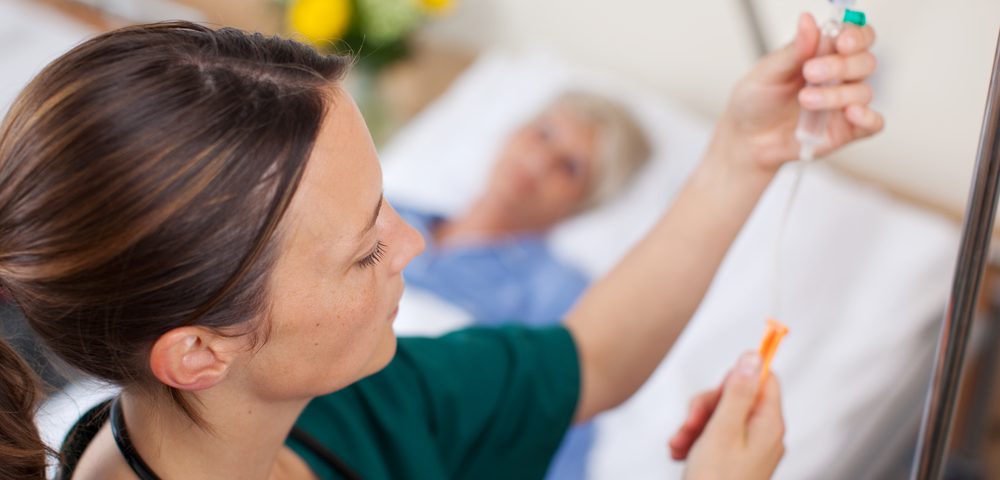Adding Adcetris (brentuximab vedotin) to standard chemotherapy significantly improves responses and survival rates of elderly patients with newly diagnosed Hodgkin’s lymphoma, a Phase 2 study shows.
In the trial, 90% of patients achieved a complete response after receiving the combination, and 94% remained alive for two years or more. These are among the best survival rates reported for these patients.
The study, “Multicenter Phase II Study of Sequential Brentuximab Vedotin and Doxorubicin, Vinblastine, and Dacarbazine Chemotherapy for Older Patients With Untreated Classical Hodgkin Lymphoma, appeared in the Journal of Clinical Oncology.
“Historically, survival rates for older patients with Hodgkin’s lymphoma, typically defined as 60 years and older, have been shown to be disproportionately and markedly inferior compared with younger patients,” Andrew M. Evens, DO, MSc, FACP, associate director for clinical services and director of the Lymphoma Program at Rutgers Cancer Institute of New Jersey, said in a news release.
“In this current study, the survival rates are among the best reported compared with prior Hodgkin’s lymphoma studies,” added Evens, also the lead author of the study.
The trial (NCT01476410) enrolled 48 patients ages 60-88 years who had untreated Hodgkin’s lymphoma. About 81% of the patients had advanced or metastatic disease, 52% had high-grade chronic medical illnesses, and 60% had a poor prognosis, according to the International Prognostic Score.
Adcetris was given before and after standard AVD — doxorubicin, vinblastine, and dacarbazine — chemotherapy. Patients first received two lead-in doses of Adcetris, given three weeks apart, followed by six chemotherapy cycles. Those who responded to the treatment received four additional consolidation doses of Adcetris.
Of the 48 patients, 37 completed the planned six cycles of AVD, and 35 patients received at least one dose of Adcetris consolidation.
After the initial Adcetris regimen, 82% of patients showed signs of response to treatment, including 36% who had a complete tumor response. After completing the chemotherapy regimen, however, response rates rose to 95%, with 90% complete responses.
Survival outcomes were also promising after the treatment. Two years after entering the trial, 93% of patients remained alive, and only 16% had signs of disease progression during that period.
Co-morbidities (having two or more diseases at the same time) or loss of instrumental activities of daily life at diagnosis were found to be linked to a poorer outcome. Only 45% and 25% of these patients, respectively, lived past the two-year mark, compared to 100% and 94% of patients with fewer co-morbidities and no loss of instrumental activities.
“These data will be practice changing for our field,” Evens said.
The treatment was generally well-tolerated, with the most common adverse events reported being low neutrophil levels, pneumonia, and diarrhea. Very few patients experienced peripheral nerve damage.
“Importantly, this regimen was well-tolerated, eliminating bleomycin to avoid pulmonary toxicity and with only 4 percent of patients experiencing grade 3 neuropathy, compared to 27 to 33 percent in other frontline brentuximab vedotin studies in older patients,” said co-senior author Paul A. Hamlin, MD, medical oncologist and member of the Lymphoma Service at Memorial Sloan Kettering Cancer Center.
“Next steps are to continue to maintain these robust remission and survival rates with less chemotherapy for older Hodgkin lymphoma patients,” Evens said.
Evens and his colleagues plan to continue exploring other potential combo therapies with new targeted therapeutic agents, such as checkpoint inhibitors.
“Furthermore, we intend to study the customization of therapy to individual patients in order to optimally harness personalized treatment regimens based in part on a patient’s functional status,” he said.


